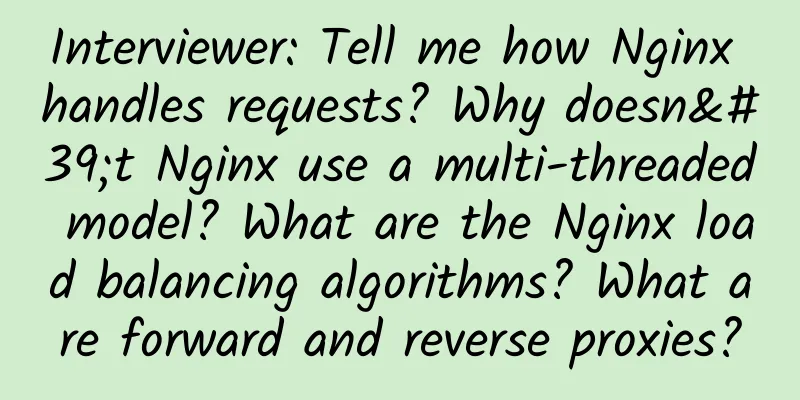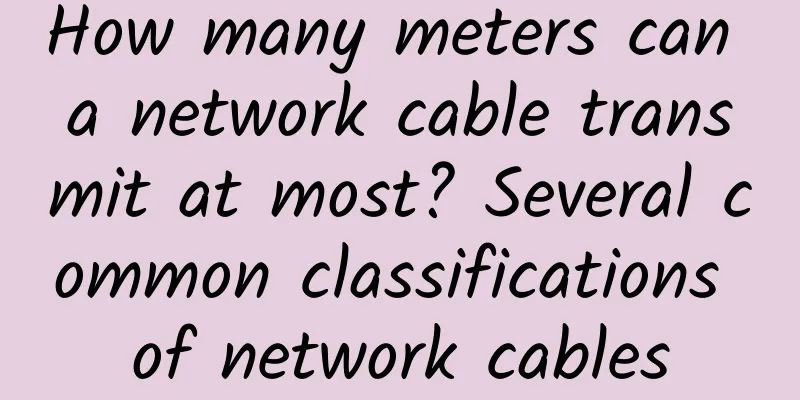5G accelerates cloud-network integration

|
What is cloud computing? Different companies have completely different definitions. The National Institute of Standards and Technology of the United States defines three service models in its definition of cloud computing:
These three service models also represent the vertical development trend of cloud computing. From IaaS to PaaS and then to SaaS, users need to care less about technical details and the services are becoming more user-friendly. Now, it is becoming easier and easier for individual users and small and medium-sized enterprises to create a website. It must be said that cloud computing has played a vital role. Some practitioners believe that true cloud computing must have three basic conditions:
Currently, cloud computing is developing in these directions, and as a result, many different types of cloud computing products have been born, such as cloud object databases for storage, content distribution networks mainly for content caching, reasoning services for large-scale machine learning computing, and large-scale distributed computing. It can be seen that these involve computer hardware, data transmission, and software design, which also corresponds to the three major camps in the current cloud computing industry, namely the Internet camp, the IT camp, and the telecom operator camp. At present, the IT camp mainly provides private cloud products and solutions to large customers, while telecom operators and the Internet camp provide both public cloud and private cloud services, and the competition is very fierce.
5G is born in the cloud However, we have to recognize that the current situation is that the network is still the main battlefield of operators. Although some external manufacturers have the ability to provide content caching based on the operator's computer room hosting business, the network part is still not included in the scope of cloud computing due to the degree of virtualization. At present, operators' expectations for 5G are to reconstruct the data transmission network architecture by fully introducing software-defined networks (SDN) and network function virtualization (NFV), and to take advantage of the opportunity of edge computing (MEC) to occupy a place in the field of cloud computing. It can be said that operators and IT manufacturers generally believe that 5G and cloud computing are inherently mutually reinforcing and integrated. As China Telecom Chairman Ke Ruiwen said, "The 5G era is the era of cloud, and also the era of integration of cloud and network. 5G accelerates the integration of cloud and network, and cloud and network integration gives 5G more connotations. The two coexist and grow together, complement each other and promote each other." At the same time, China Mobile also stated that it will rely on 5G technology in the future to continue to increase investment in the research and development of cutting-edge cloud applications. China Unicom uses the edge cloud as a basis to form a "network, cloud, industry trinity development" model. On the one hand, 5G network is a "cloud-generated" data transmission network. Network unit virtualization can help operators save electricity costs and help operators to deploy and operate networks more effectively. The edge architecture of sinking computing nodes is also the key to maintaining low latency in 5G networks, which is the general trend of 5G networks. On the other hand, only the deep integration of virtualization and network can enable operators to expand more businesses, such as providing enterprises with customized private networks and dedicated data channels. It can be said that the development of 5G is also expanding the boundaries of cloud computing, expanding the original three-dimensional elements of cloud computing such as computing, content, and bandwidth into four dimensions of computing, content, bandwidth, and latency. Therefore, 5G and cloud computing must complement each other and develop in a coordinated manner. Cloud-edge collaboration In the past 10 years, the trend of IT infrastructure cloudification has become increasingly obvious. Global IT spending has also decreased, but cloud computing revenue has continued to increase, which shows that IT industry infrastructure spending is developing towards more efficient channels, namely cloud computing. Operators, as a type of IT infrastructure, are also facing this market division crisis. At present, domestic cloud computing has formed a pattern dominated by Alibaba, China Telecom, and China Unicom. 5G will be another opportunity to redivide the market. From the perspective of operators, in the 5G era when the number of connected terminals in the country is expected to exceed 100 billion, a cloud-based core network is undoubtedly necessary, but how to deploy and divide it is an important issue. Operators generally believe that based on SDN/NFV, the future network needs to be divided into "three clouds", as shown in Figure 4-5. The "three clouds" here refer to the access cloud, control cloud, and forwarding cloud, which correspond to the virtualization of access network coverage and capacity, the virtualization of network control functions, and the complete separation of control and data traffic. The access cloud can achieve the separation of coverage and access traffic of large macro base stations and micro indoor distributed systems through the division and identification of different business scenarios and flexible centralized control. If the user needs a strong signal, he will access the macro base station, and if the user needs a large traffic transmission, he will access the micro base station; the control cloud is responsible for mobility management, policy management, path management, and interference management within a certain area, and can achieve seamless switching and handover between multiple base stations when users are moving, improving user experience; and the forwarding cloud is responsible for the decoupling and separation of the user's control plane and data plane, thereby realizing content caching and computing caching at the edge nodes of the mobile network, thereby reducing latency, reducing interface traffic, and improving user experience. In terms of current network deployment and technology maturity, China Mobile and China Unicom are planning to deploy control cloud, accelerate access cloud, and temporarily suspend forwarding cloud. All three cloud services have one thing in common, which is that they need to be deployed at the edge of the network, namely edge cloud. Edge cloud is a requirement of 5G network itself, and it can also be used to provide digital services to other industries and empower traditional industries, such as video surveillance, smart manufacturing, Internet of Vehicles, retail, energy and other common application scenarios. The advantage of edge cloud is that it can provide ultra-low latency and large bandwidth services, reduce dependence on core networks and transmission networks, and reduce network bandwidth pressure. At the same time, it can quickly respond to user requests and improve service quality, which is something that any industry needs to consider. We can also think of the content distribution network as deploying content cache servers in provincial and municipal operator computer rooms close to the edge, thereby accelerating the speed at which users access fixed resources; while the edge cloud is deploying computing and content cache servers in county and district computer rooms that are more decentralized, thereby accelerating the user's computing speed and access to resources, and better improving the user experience, which is exactly what the industrial Internet is pursuing. 5G+cloud computing has always been considered one of the most promising applications in 5G. The ultra-high-speed, large-bandwidth 5G network download speed may reach hundreds of megabytes, even exceeding the read and write speeds of mechanical hard drives. This means that some conventional, high-computing applications deployed on "edge cloud" nodes may even be faster than installed "locally". As an important core technology, cloud computing will fully empower the innovation of enterprises and users in the 5G era. |
<<: Understanding WiFi 6 Features for Wave 1 and Wave 2
>>: 5G is here. How to build the emerging edge DCs?
Recommend
F5 and H3C Sign SDN Solution Cooperation Agreement
Recently, H3C, a leading manufacturer in the IP n...
How to implement TCP connection and communication with Python?
Network connection and communication are the know...
Gigsgigscloud's new Singapore cloud starts from $9.8/month, 1G memory, 10G SSD, 500GB/1Gbps monthly traffic
Gigsgigscloud has launched a new Singapore cloud ...
How to compare the total cost of ownership of on-premises unified communications and unified communications as a service
While total cost of ownership (TCO) can be a usef...
The Implications of the ZTE Incident for Operators
Although the ZTE incident has not yet reached a f...
Huawei Cloud releases new slogan, accelerating at the beginning of the new year
[Original article from 51CTO.com] Artificial inte...
How to Choose the Right Data Cabling for Your Business
Are you building a new office? Is your current of...
AT&T 5G is powering 'massive' enterprise IoT
US-based telecom operators have been working on h...
Principles of nine cross-domain implementation methods (full version)
[Original article from 51CTO.com] Cross-domain re...
[Black Friday] Sharktech: 50% off on all cloud products, 10Gbps unlimited traffic server $349/month-2*Gold 6148/128G/2TB NVMe/Los Angeles and other data centers
Sharktech also released a promotion during this y...
Σco Time | Huawei releases iSitePower intelligent site energy to accelerate industry digitalization
[51CTO.com original article] Since the outbreak o...
Big data and 5G: Where does this intersection lead?
Big data and its impact on our privacy is one of ...
4G network secretly slows down to protect 5G? You really wronged them
Recently, the issue of 4G network speed reduction...
South Korean telecom operator SK Telecom's 5G users have reached 8.65 million
[[434445]] According to foreign media reports, af...









